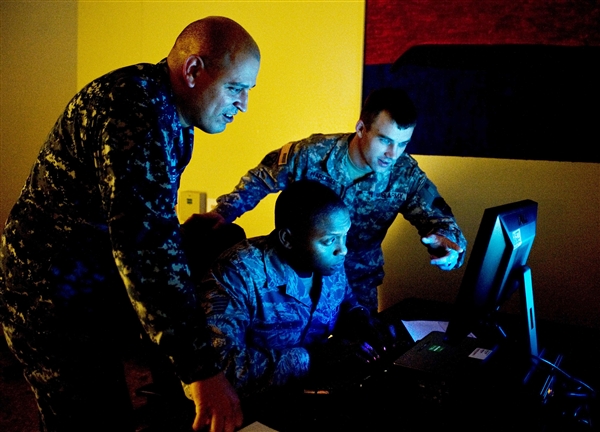Publications
Cyber, Intelligence, and Security, Volume 1, No. 3, December 2017

The cyber arms race is part of the state security reality in our times, resulting in a sharp increase in the allocation of resources for the technological development of new defensive and offensive cyber capabilities. This article stresses that a different policy should be taken, arguing that due to the unique characteristics of the cyber dimension and the declining level of technological sophistication needed for offensive and defensive cyber capabilities, a security advantage in this field will results from a creative advancement and development in force organization specifically by formulating a new doctrine of warfare, which will aim to improve the integration of security activities in both cyberspace and in physical spaces. The review stresses the changes and increased scale of cyber threats, the changing perception of the threat, and the transition from a technical approach to one that regards the internet as a new operational space with unique characteristics. This article is based on a comprehensive review of the legislation, plans, and decisions concerning the force building organizational process, and cyber operations doctrine in the United States from the early 1980s through 2012. Although the article focuses on the United States during a limited timeframe, its aim is to shed light on the field of organization as a relevant and significant theater in which a political advantage in cybersecurity can be achieved, in contrast to the current state in which researchers and decision makers focus more on technological development as the tool for acquiring an advantage in this sphere. The conclusions of the article are relevant to both professionals and decision makers.


